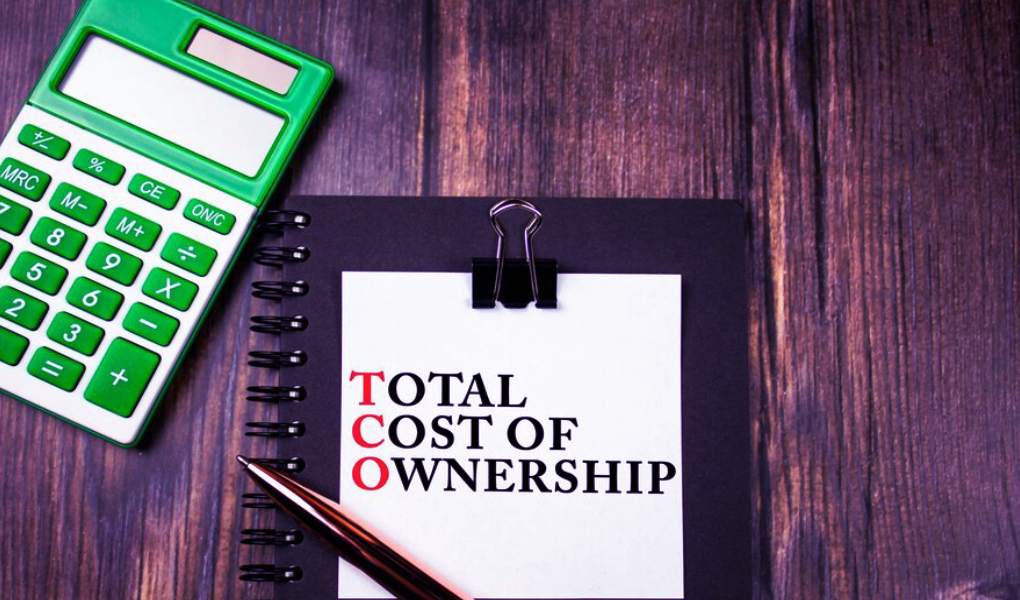Step 1: We Take Into Account The Income From Investments Of Free Funds
Free money gives additional income. Or, if you like, they allow you not to take a loan and avoid extra expenses. Free cash is multiplied according to the payment or credit interest rate.
Let’s estimate the possible return on investment. We go to the website of the Moscow Stock Exchange and look at the yield of bonds of different companies. We took several large companies (VTB, Rostelecom, and so on) as low-risk investments. For realism, let’s add assets with a higher risk to the portfolio. Otherwise, the annual return will be low. We selected seven companies, for which the total bond yield is 7.54%.
Life is such that money is usually invested in something more profitable than bonds on the stock exchange: a new project, investments in new branches, or the development of new markets. So let’s add another 5 points for the order and get an interest rate of 12.54%. We will calculate the change in the value of free funds based on this yield.
Let’s compare the return on investment of unrestricted funds for On-premises and the cloud.
In the On-premises scenario, we spend its entire budget at the beginning of each year. In the first year, we invest 23.8 million, and for the whole of the first year, we can only use the budget of the second and third years for reinvestment. For the second year, funds for investment will come from the budget of the third year. There will be no funds for the third year.
In the cloud, payments are spread over time from month to month (subscription fee). We spend the first year’s budget gradually; this creates additional free money compared to the On-premises option, which can be immediately reinvested.
Step 2: Consider The Discount Rate
A conditional package of salmon at the beginning of 2019 cost 250 rubles; now, it is 330 rubles. If we plan the budget for the purchase of salmon for three years (why not) and lay the cost of 250 rubles, we are in for an unpleasant surprise.
We are discounting – recalculating the volume of cash flow, taking inflation into account. Calculate the discount rate for recalculation. – We will take the simplest one, which is calculated from three indicators:
- Minimum guaranteed return on the market. Usually, this is the % rate on government securities; in the spring of 2020, it was ≈ 5%.
- The calculated or assumed rate of inflation. It comes in minimum, medium, and maximum. Consider the worst-case scenario and take the maximum speed of 4.75%.
- The risk premium is a contingency reserve. For all sorts of surprises, for example, an increase in gasoline prices and a subsequent increasing cost of logistics or risks of a change in the exchange rate
- A subsequent increase in the price of imports of goods and services is essential for business. Based on common sense, we determine this coefficient ourselves; let it be 5%.
The first two numbers are easy to get from public sources. For simplicity, we do not consider the company’s profitability, the average fluctuation in the value of shares in a particular area, the structure of liabilities of a legal entity, current debt, and so on. So the discount rate is 5% + 4.75% + 5% = 14.75%.
Given this rate, we will consider payments for On-premises and the cloud for the next three years.
Also Read: 4 Realistic Tips For Healthcare Facilities To Reduce Costs



